
What You Want To See At DSE 2016
March 11, 2016 by Dave Haynes

Guest poster Irfan Khan submitted a piece that went up this morning about the general sorts of things you should expect to see on the trade show floor at Digital Signage Expo next week in Las Vegas.
Here’s my different take on what you should want to see:
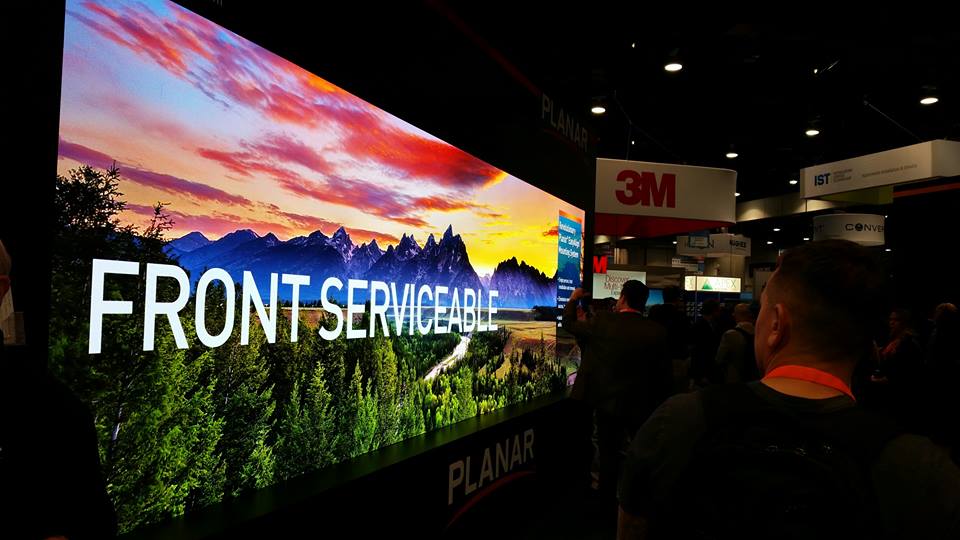
The Battle Over Walls
It’s really only been three years since the first fine pixel pitch indoor LEDs started appearing at trade shows. Now there are countless options, from China and from North American and European manufacturers who are, in most cases, sourcing and then optimizing Chinese components and blending them with their own components and materials.
So you can now get a super-fine LED wall – as tight as 0.9 mm between LEDs – that looks crisp and bright from just steps away. You get a video wall with, genuinely, no evident seams. DSE is not a display-centric show like an InfoComm, so you won’t see this tech all over the place, but it will almost certainly be there.
The interesting thing, to me, is that many/most of the mainstream display manufacturers have expanded through R&D, partnerships or acquisition into indoor LED. Christie, as a particularly relevant example, can fill a wall space with projection, MicroTiles, LCDs or its relatively new Velvet indoor LED line. Planar is the same. And NEC has added indoor LED in a partnership with a German company.
But at the same time, the display guys continue to compete on the basis of increasingly narrow gaps between displays tiled together to compose a video wall. These super narrow bezels – and all the big LCD guys have them – result in gridlines on video wall clusters that I’d argue are inoffensive and probably not even noticed by most observers. Signage nerds see it, but do people humping their way through malls, airports and rail stations? Probably not.
LCD is now at a place with its super narrow bezels that content doesn’t really need to be composed with those seams being considered in the layout. It’s no longer a big black line cutting right through a logo or a face. That said, I’d probably still have a tool at the production station that emulates those grid lines … just in case.
LEDs in many cases introduce some interesting possibilities around shape – as in they don’t need to be variations on 16:9 rectangles, and they can be curved (but not the super fine ones). However, LED limits the interactive possibilities (no touch overlay) and they can be fragile if left unprotected from prying fingers and hard objects).
LCDs are still going to win on clarity and colors, and they also have some possibilities around shape. Stretch LCDs are not new, but LG has a new 86-inch stretch LCD you should go see.
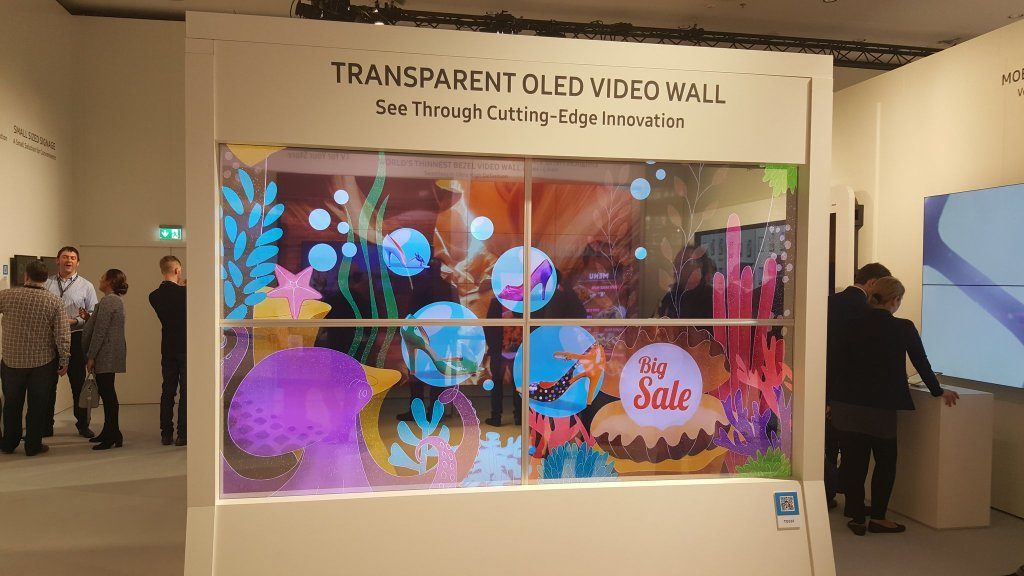
OLEDs Are Coming
OLED display technology has been around trade shows for many years. I saw my first OLEDs at a Sony booth at CES maybe six years … possibly longer. But it is now out of R&D and, at least for TVs, being manufactured and shipped.
OLED is interesting for at least a couple of reasons:
- The screens are incredibly thin and can be sandwiched back to back and still be incredibly thin from a side profile. I’m not totally convinced that means anything for a lot of mainstream signage projects (does saving a half-inch in monitor depth matter?), but there will be speciality, high-end jobs where the client wants something amazing.
- What interests me more are the transparent OLEDs – and you should see both Samsung and Planar, and possibly some others at DSE, showing windows that look slightly tinted, that suddenly light up in rich, vibrant motion graphics. These displays are waaaaaaaay better than most of the transparent LCDs you have seen at past shows, because the OLEDs don’t need back or side lighting as the LCDs do.
Having said that, LG-MRI does a very nice job with its edge LED-lit LCD cooler doors, which are rolling out by the 1,000s for Budweiser in the US. You can assume the company will have a unit at the show.
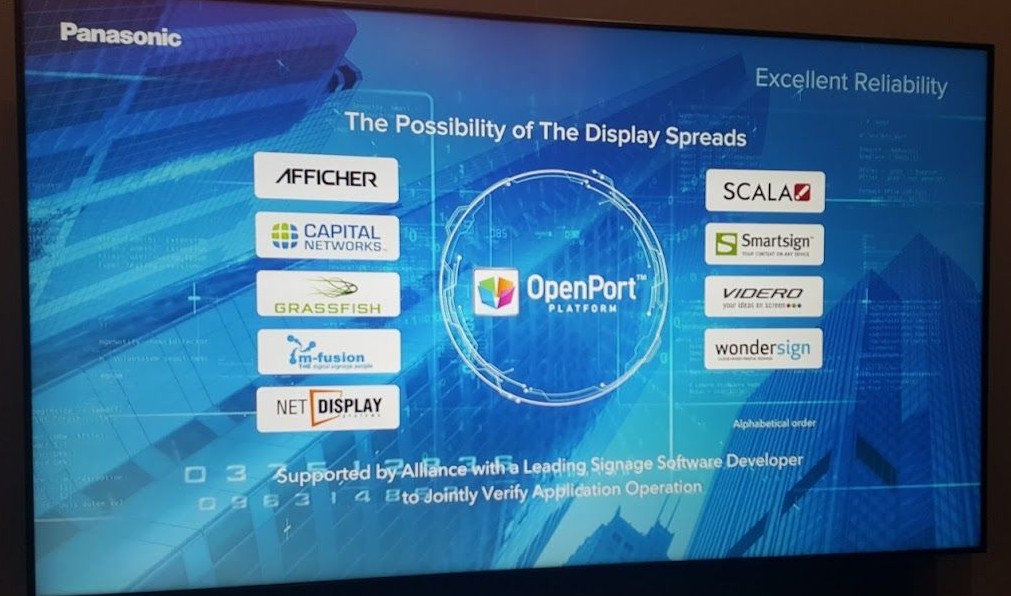
System on Chip Is A Thing
Three years ago at DSE, Samsung made a big splash at DSE about its System on Chip (SoC) smart signage displays , that were touted as negating the need for an external player. The products was pretty elemental in 2013, and there were reasonable reasons to be dismissive of the potential and longevity.
In 2016, Samsung is putting SoC players in just about every pro display it makes and markets, and most of its rivals have also introduced variations. LG has its WebOS, and both Panasonic and Philips have recently introduced Android-based SoC, NEC has stayed out of its, but markets open pluggable displays that have slots to snap in a PC or Android media player.
I’ve seen numbers on how many units are shipping for at least one of the manufacturers, and there’s enough action to conclude SoC is not going away. It may be that often, the panels ship with SoC but an external player is still used. However, three years on you have a few companies, like Signagelive, doing very well by these all in one displays.
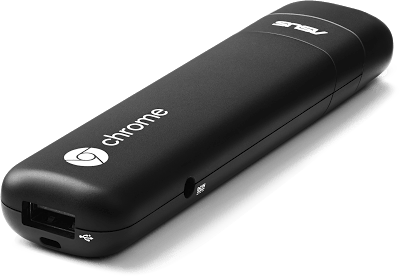
Teeny Devices
The tiny little boxes and sticks that ran Android with content management players were, three to four years ago, largely junk. Some early adopters learned some painful lessons, but others – like BroadSign and Capital Networks – did just fine with them, because they tested liked crazy or, like Nanonation and ScreenScape – used commercial-grade Dell devices.
This year, wandering the show, you will see the emergence of x86 PC sticks that are meant to compete with Android and the more recent entry, the Google-endorsed Asus Chromebit.
Google again has a booth at the show – not as large and intriguing as 2015. I think it is fair to say Google is still working out its role, approach and partners. But I’ve met some very Sharp people from that company, and believe the chattering class that’s been dismissive of Google’s seriousness about signage are mistaken. Look at what FASTSIGNS is doing with Google for your clue.
Data and Devices and Apps
There will be all kinds of software companies once again touting how amazingly easy their CMS is to use, and how their products are so good at getting the right message in the right place at … zzzzzzz,
Sorry, I fell asleep.
What you want to be asking companies next week, if you are shopping for a CMS, is what they can do with real-time and stored data. That’s a big part of the immediate future on how messaging is shaped and triggered, and done well, data is the set it and forget it messaging.
You also want to be asking hard questions about device management. Just about any CMS can do all the core work of scheduling, basic media creation and other signage platform attributes. Nowhere near as many have really solid, powerful tools to monitor and remotely manage devices in the field. If the platform doesn’t have that, it’s not really appropriate for any kind of scaled-up job.
Finally, you want to be asking companies what special purpose applications can sit on top of their foundational platform. You will see more and more companies marketing functionality apps – like meeting room display or inventory management integration – on top of their core platform.
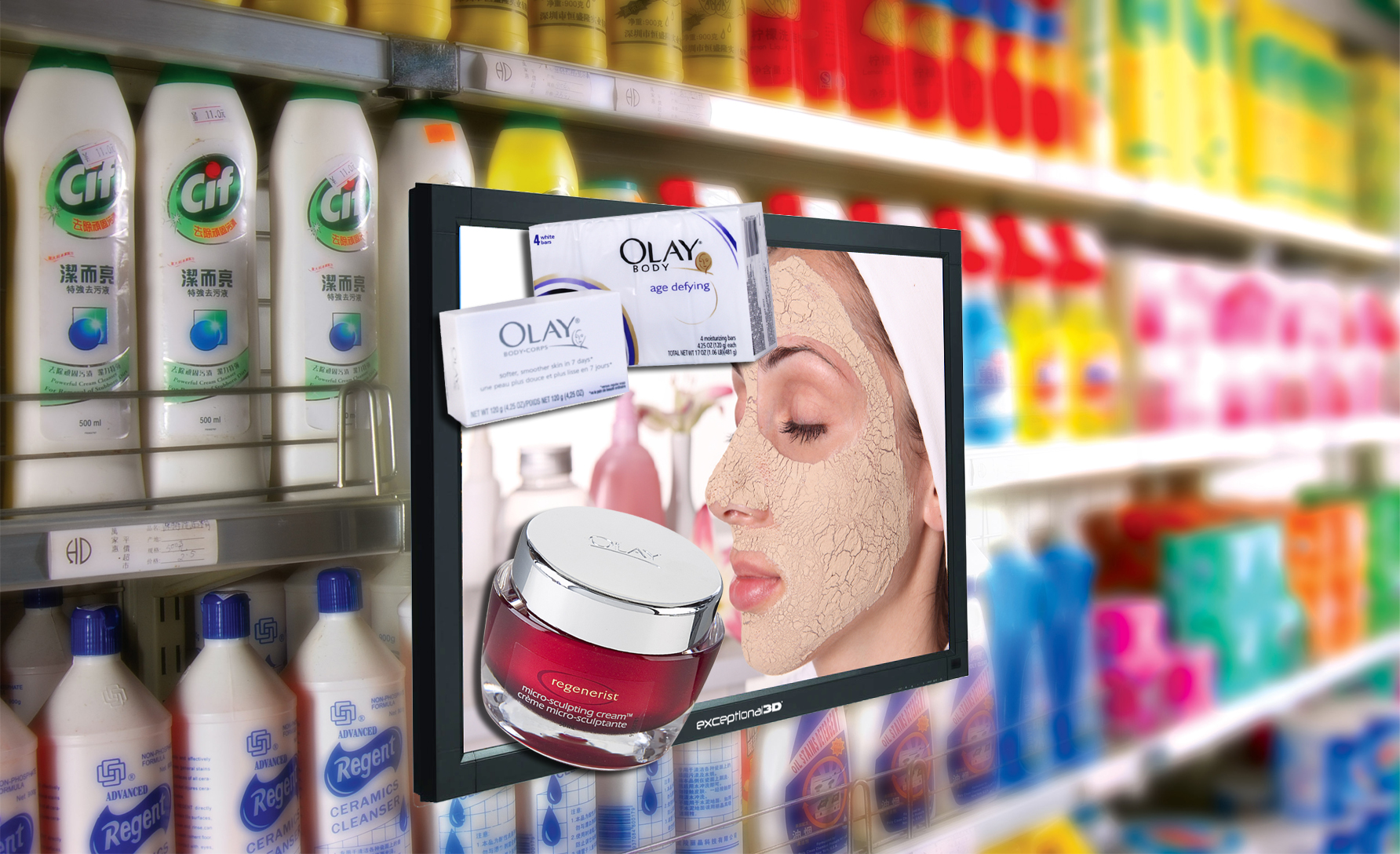
Shiny Objects
Every year there are things that get people excited or intrigued. I cannot believe there are still companies betting the farm on glasses-free 3D, but there will be companies showing the OhMyGod!!! amazingness of it all.
There will be other stuff, as well, like a screen on top of a luxury sports car, or novelty gesture and selfie things.
Some of it may stick. A lot of it will disappear. My fundamental advice: Ask yourself if the technology, whatever it may be, is appropriate for what you want to do, and if the Wow Factor that it would deliver will be sustained, or gone after a first encounter.
Also ask yourself if whatever the tech delivers is the best way to do something, or just a novelty bored kids will poke and wave at.
Walk The Edges, Visit The Tiny Booths
If you have two days, you can see the whole show. But make sure you don’t ignore the little, teeny stand-up booths and the ones along the sides and waaaaay at the back. Those are often the start-ups, and often the guys with truly interesting innovations.
I don’t have anywhere enough time to go to any of the educational stuff. The ones in the conference rooms are a lot more carefully curated than in the distant past – so there risk of allocating time to hear a sale pitch is now low. The on-the-floor stuff is going to be less so, but they are free, and if you don;t like what you are hearing, you walk.
Safe travels to Vegas, and I’ll see you there!



Leave a comment